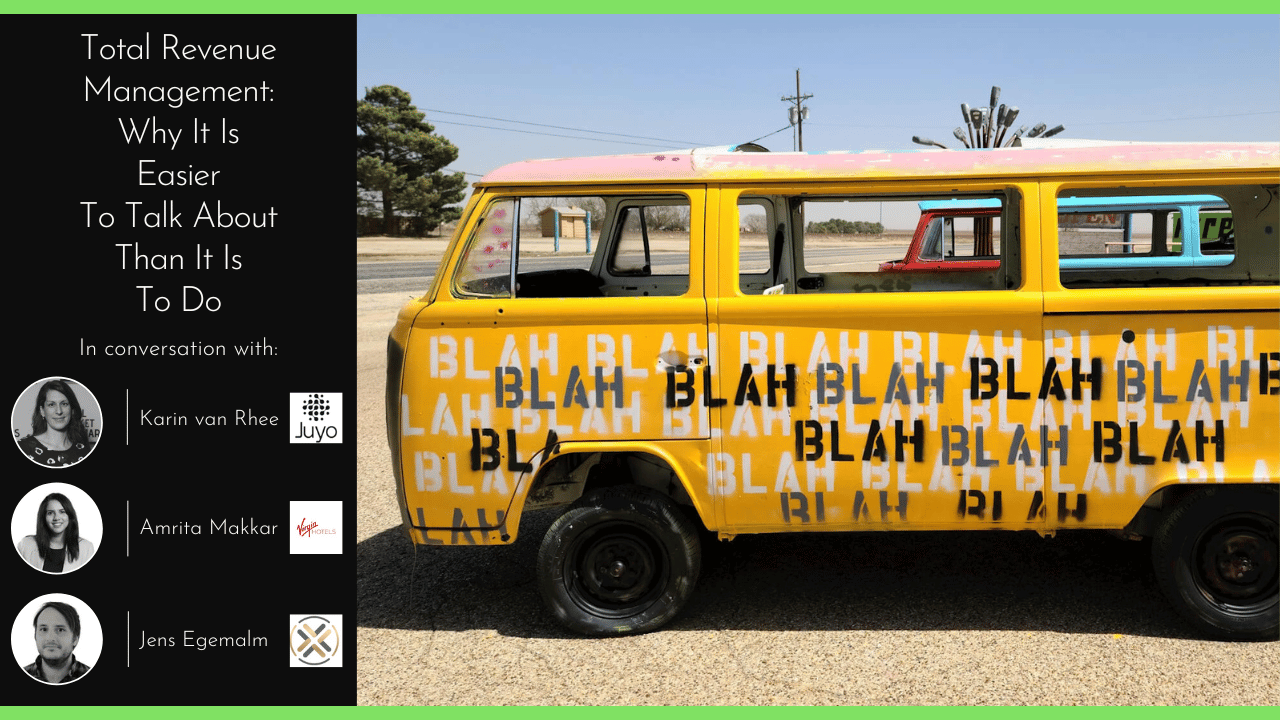
Contracted rates have always played an important role in a hotel’s bottom line, and how those rates are established has evolved over time. Similar to many other aspects of our ever-evolving industry, calculating contracted rates has dramatically changed as a result of dynamic transient pricing.
In fact, in the not-so-distant past, contracted rates were generally negotiated with minor considerations for seasons or days of the week. As hotels adopted dynamic pricing, many of these contracted rates were converted to discounts taken off published transient rates. In many hotels, there is still resistance to move all contracts to dynamic pricing. Now more than ever, an advanced revenue management system (RMS) is essential for determining the best solution for managing these negotiated high volume contracts whether they are dynamic or fixed.
Hotels always need to ensure corporate accounts do not have unlimited availability of inventory once a contract is in place. A hotel can still manage these contracts through inventory controls on busy days. If the contract does not stipulate Last Room Availability (LRA), then the business can be fenced just like any of the hotel’s transient discounts. Yieldable contracted business allows you to turn away one night discounted reservations on peak nights and leave availability for multi-night retail business.
Hotels also negotiate inventory controls up front during the contracting phase. These are called close-out or blackout dates and are negotiated into the contract to provide the hotel with the ability to close the rate on peak days and pursue higher generating revenue via other types of bookings. This is beneficial in protecting your most critical dates that may be driven by convention business, sporting events, high seasons, etc.
Hotels that negotiate a discount off BAR are also able to dynamically change pricing when it does not conflict with the needs of their clients.




